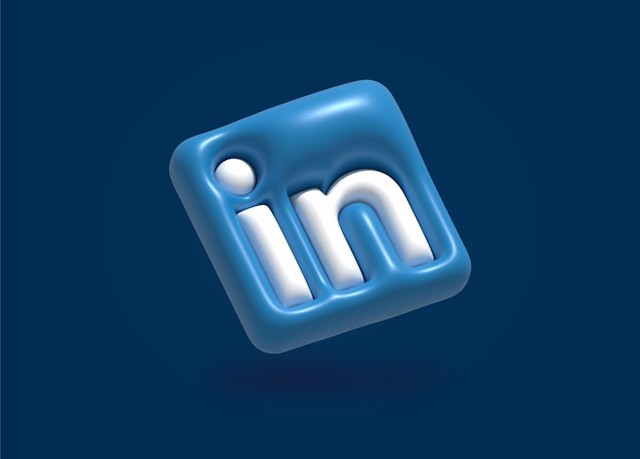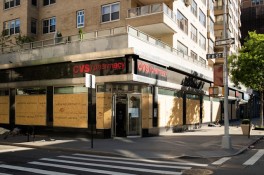
It is obvious to inform as many people as possible when seeking a new job. Still, career experts have differing opinions on LinkedIn's open to work banner, the green sign that appears below your photo once activated.
The Open to Work Banner Is A Red Flag
According to Nolan Church, former Google recruiter and current CEO of FairComp, the open to work banner is the most significant red flag in a job candidate. The most talented candidates are not actively seeking jobs, so they would not openly advertise their job search.
Lindsay Mustain, a former Amazon recruiter turned career coach, agrees that top candidates often are not actively seeking jobs and may not use such banners. Mustain also highlights the power dynamic in recruiting, where recruiters prefer to be pursued rather than vice versa, suggesting that the banner can put recruiters off.
However, not all career experts share this perspective, and LinkedIn's data does not always align with this belief. Let's explore how the site has observed the impact of the open to work banner on job seekers.
READ ALSO: LinkedIn Brings In Recruiter Verification to Bolster User-Targeting Scam Prevention
More Than 33 Million Users are using the banner
LinkedIn's open to work banner was launched in June 2020 when millions suddenly lost their jobs during the COVID-19 pandemic. While the platform had previously offered a feature for users to signal to recruiters that they were seeking opportunities privately, the widespread job losses at that time highlighted the need for a more public signal. Today, the open to work sign is widely popular, with over 33 million people using it on LinkedIn, according to the site.
LinkedIn cannot definitively track the number of job offers that result from using the banner, as it cannot access private messages. However, it has been observed that individuals who activate the banner are twice as likely to receive messages from recruiters. They are also 20% more likely to receive messages from the broader LinkedIn community, including messages regarding job opportunities at various companies.
It Can be Helpful for Smaller Companies
Using the banner has advantages, particularly for smaller companies that may not have the budget for LinkedIn's recruiter tools. Angelina Darrisaw, founder of C-Suite Coach, found the banner helpful when her company was hiring, as it simplified the process of identifying potential candidates. She emphasizes that while the banner facilitates the identification of available talent, the true measure of talent quality is determined during the interview, not solely by indicating availability.
A Profile Lacking Substance Will Not Matter
Ultimately, it may come down to cultural fit. While some employers find the sign beneficial, others are turned off. Darrisaw suggests that this process filters opportunities and finds the right fit for each individual.
Regardless of whether you use the banner, the content of your LinkedIn profile is what holds the most significance. This includes detailing your past and present job titles, highlighting your achievements in each position, incorporating relevant keywords related to your field, featuring links to showcase your work, and actively engaging in industry-related conversations to demonstrate your involvement and interest in your field.
Career coach Phoebe Gavin emphasizes that displaying open to work will not matter if your profile lacks substance. Recruiters won't find useful information if they come across an incomplete profile.
RELATED ARTICLE: How to Attract Hiring Managers and Stand Out on LinkedIn According to an Ex-Amazon Recruiter
© 2017 Jobs & Hire All rights reserved. Do not reproduce without permission.




